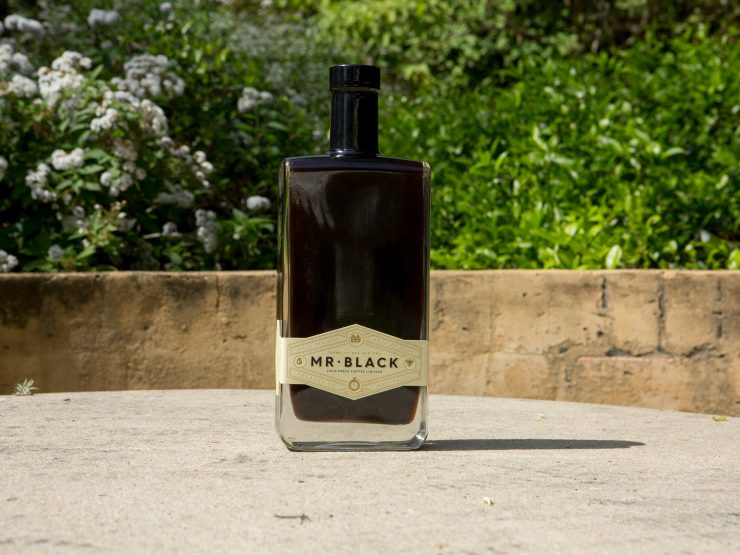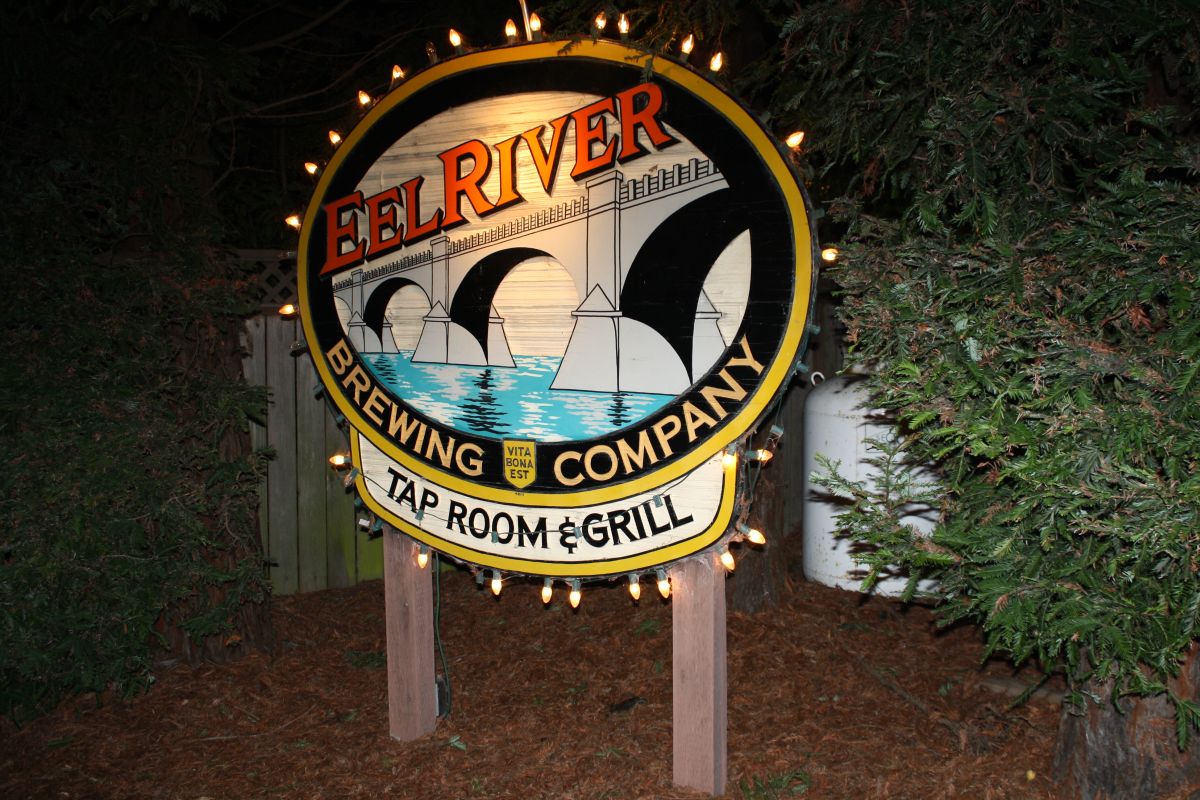The art of handcrafted barrel making is known as coopering. Historically, barrel making can be traced back to the ancient Romans. Wooden barrels were a convenient way for goods to be easily shipped and transported.
Phil Burton, president and owner of Barrel Builders, has been in the barrel making business for over 40 years. Barrel Builders is a family-owned and operated cooperage located in California’s Napa Valley, originally started by three employees from the Robert Mondavi Winery. Mondavi was one of the first winemakers to bring in French oak cooperage. In those days, barrels were shipped “knocked down” or in pieces to save shipping costs. The cooperage sent a cooper to train Mondavi employees how to assemble and finish the barrels.
“Not being dummies, the guys realized that there was potential here, so they quit Mondavi and started Barrel Builders. I was a biology major in college and worked for a wilderness trekking outfit and then for the San Diego County Juvenile Probation Department on a wilderness program for young offenders,” shared Phil. “After I left, I was slowly heading north and liked the Napa Valley. Since my dad had a woodshop, I was pretty handy with tools and found myself working for Barrel Builders in 1974, and I’ve been here ever since.”
According to Phil, the quality of barrels being currently produced is “light years ahead” of the barrels produced 30, or even 15, years ago.
“Leaks in barrels are rare, toast levels are uniform and true to spec, and the finished work is excellent.”
Cooper Training & Apprenticeship
Barrel making is a craft that is not perfected overnight. Barrel Builders’ Master Cooper, Yann Guigen, received his training in France. He came to California 25 years ago, worked at another cooperage, and joined Barrel Builders 15 years ago.
In the United States, there are no cooper schools, so most aspiring coopers spend three to four years learning the techniques as apprentices before they’re considered professionals.
“I graduated from two woodworking schools in France and then went to a one-year apprenticeship in Cognac, France, where I got double training on making barrels by hand,” said Yann. “Apprentices are usually under 18 and are not allowed to power tools. The final test is to make a 30-gallon barrel from scratch in 8 hours.”
Types of Oak
The main types of oak used for wine barrels are American, French and Hungarian/Eastern European. The type of oak that a cooper uses affects the flavor, color, tannin profile, and texture of the finished wine style. The aging process depends on the varietal and the finished style that the winemaker desires. While casks for wine and whiskey are similarly made, Phil shared there are slight differences in the barrel making process.
“Wood for wine barrels is cut, stacked, and left to weather for at least 24 months to moderate the tannins while wood for whiskey barrels is cut, kiln dried, and made into barrels six or seven weeks later,” explained Phil. “The other difference is that wine barrels are finished to look like fine furniture while whiskey barrels are left unfinished and rough.”
Parts of a Wine Barrel
Wine barrels are heavy and weigh between 125 and 140 pounds and hold approximately 30 gallons of wine per barrel. The parts of a barrel typically consist of wooden staves (strips) shaped into a bulging cylinder. The design and shape of the bulge make it easy for the barrel to roll, and the curve (bilge) allows the barrel to be turned in different directions.
The staves are held in place by six to eight metal hoops. These hoops are spaced out along the length of the barrel. The head hoop is placed at the top of the barrel, followed by a quarter hoop and then two bilge hoops. Barrel heads, which seal the barrel, are then fitted to the top and bottom of the barrel.
A bung hole is cut in the middle of the barrel. This small opening, sealed with a large rubber stopper or cork, allows the wine to be tasted and sampled by winemakers during the aging process.
The Toasting Process
“Toasting” is a crucial stage in the barrel making process. The cooper holds the barrel over a small wood fire and the inside of the barrel are charred (toasted). When coopers work with winemakers, it all comes down to determining the appropriate toast level. This is a very important step because toasting can either make or break the wine.
“It is like adding salt to a dish – too little and the flavor profiles are not showing to their true potential but too much, and it overpowers the food,” said Heather Burton, Phil’s daughter who works alongside him in the family business.
Winemakers look for consistency, and that is what cooperages strive for with every barrel they make. However, they do run into some challenges.
“The issue is that, similar to grapes, every year the wood is going to be a little bit different,” explained Heather. “The challenge for us is to minimize that variation and provide the same high-quality barrel for each vintage. We taste through the wines and make recommendations for the type of barrel, grain tightness, and toast level.”
According to Heather, tailoring the barrel to specific winemakers’ needs is a challenge, but it is very rewarding when the wine turns out exactly the way the winemakers envisioned.
The next time you go wine tasting or open your favorite bottle of wine, remember that the wine you are drinking went through a very specific process. Each subtle note and flavor you taste can be attributed to the skilled craftsmanship of coopers who hand crafted the wooden wine barrels.






